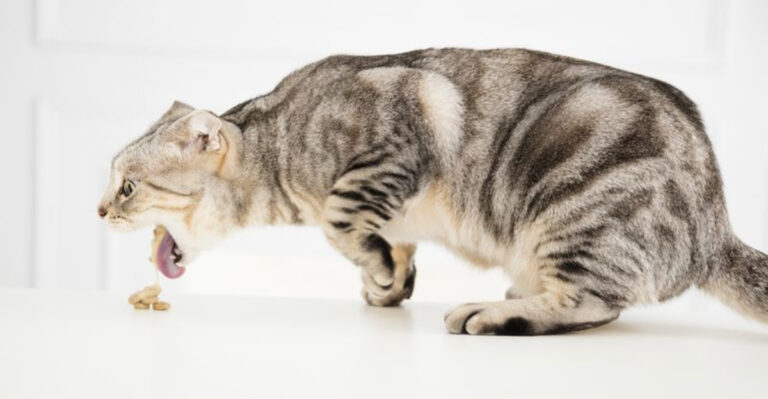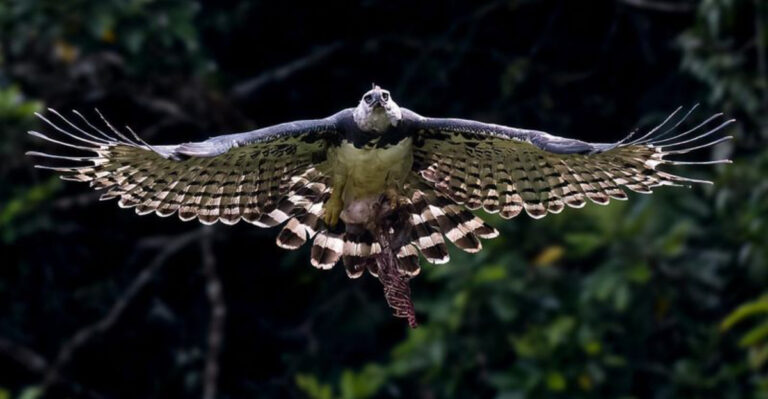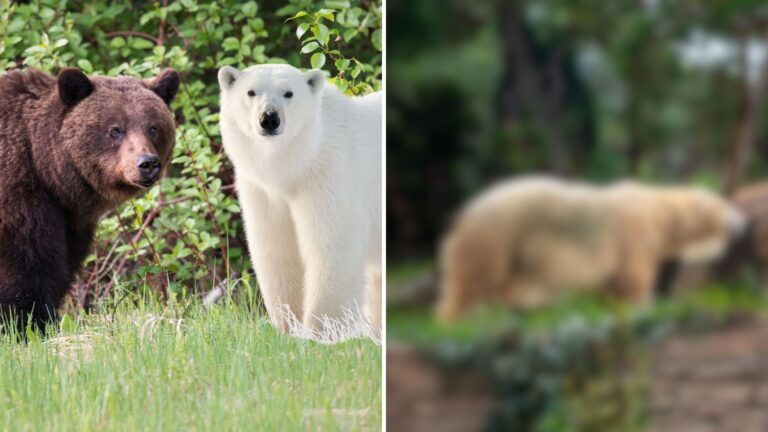Cobras In Florida: Reality Or Myth?
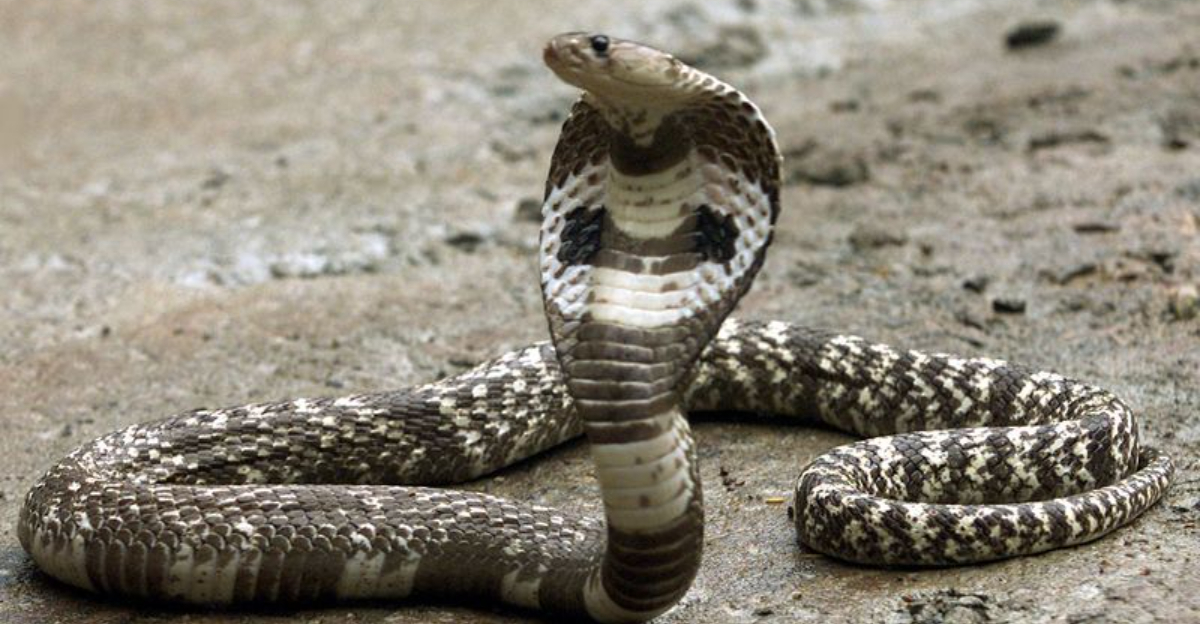
As you know, the allure and mystery surrounding snakes, especially cobras, captivates both enthusiasts and locals of South Florida.
So today, we’ll explore the presence and myths of these fascinating reptiles in the region, delving into their characteristics, habitats, and interesting facts about their presence – or lack thereof – in Florida.
With references to other related snake species and cultural impacts, are you ready to dive into a detailed look at this intriguing subject?
1. Are There Cobras In South Florida?
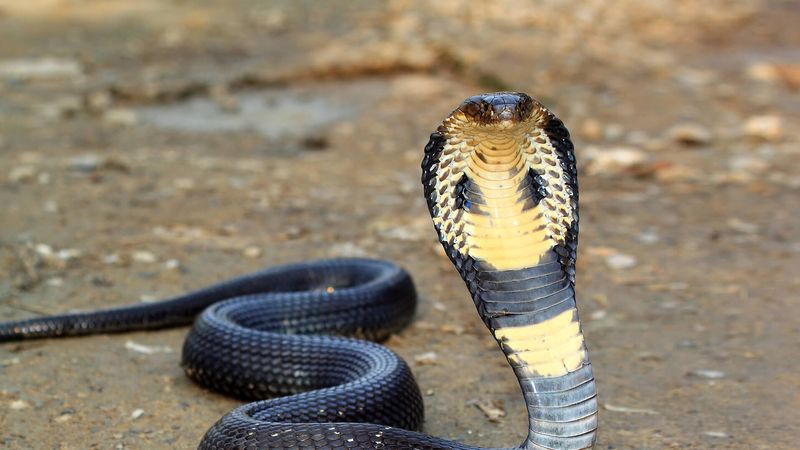
South Florida, known for its warm climate and lush landscapes, seems like an ideal place for exotic creatures, sparking curiosity about the existence of cobras in this region.
While there have been reports of cobra sightings, they are rare and often involve escaped pets rather than established populations. Cobras are not native to Florida, and their presence is not officially recorded in the state’s ecosystem.
Most sightings are linked to captive snakes that have either been released or escaped from private collections.
The state has strict regulations regarding the ownership and transportation of such reptiles to prevent ecological disruption. However, with the region’s exotic pet culture, occasional sightings continue to occur.
Speculation and myths often exaggerate these sightings, but there’s no evidence of breeding populations in the wild. As fascinating as the idea might be, cobras remain an unusual and rare occurrence in South Florida, usually appearing as one-off incidents rather than indicators of a growing trend.
2. About The Cobra
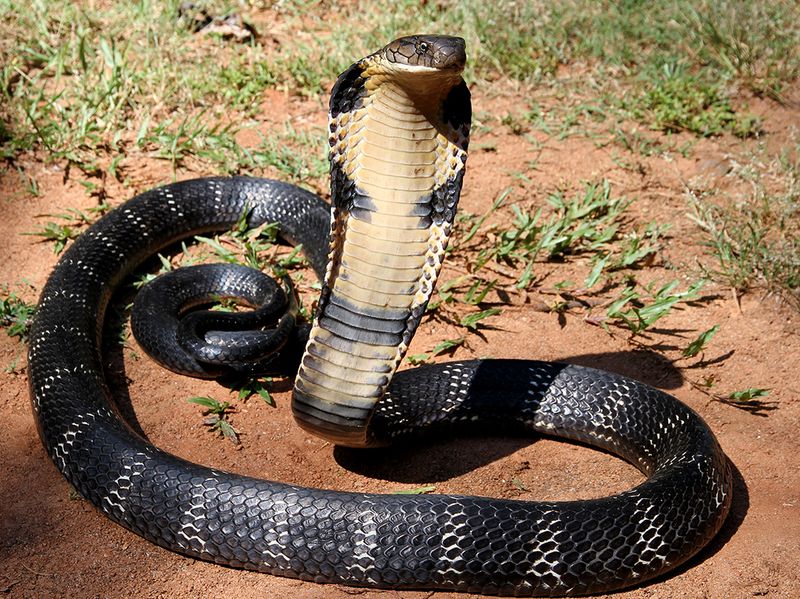
The cobra, remarkable for its distinctive hood and potent venom, is a snake that commands respect and fear. Indigenous to Africa and Asia, cobras are known for their intelligence, keen senses, and ability to stand erect, making them a captivating subject in reptile studies. Their hood, a unique feature, is used both as a defense mechanism and to intimidate predators.
Cobras are adept hunters, employing their acute vision and sense of smell to locate prey. They primarily feed on small mammals, birds, and other reptiles, striking with precision and injecting venom to subdue their targets. This venom is a complex cocktail, often causing paralysis and, in some cases, death.
Beyond their biological attributes, cobras hold a significant place in various cultures, symbolizing power, protection, and even immortality. Their role in mythology and folklore adds layers to their mystique, making them more than just a reptile but a creature of legend and lore.
3. About The King Cobra
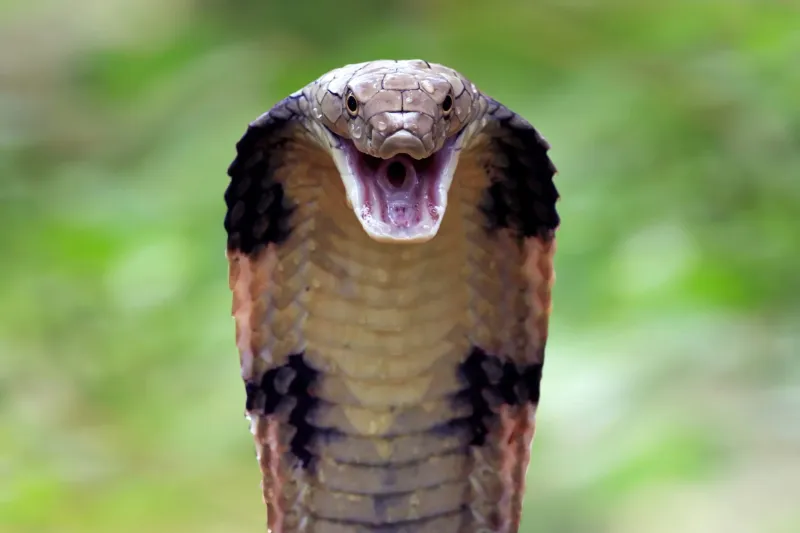
The king cobra, the world’s longest venomous snake, is a symbol of power and supremacy among reptiles. Native to the forests of India and Southeast Asia, it can grow up to 18 feet long, a formidable presence in its natural habitat.
Unlike other cobras, the king cobra’s diet consists almost exclusively of other snakes, showcasing its unique place in the food chain.
Its venom, though not the most toxic, is delivered in large quantities, making it incredibly deadly. The king cobra’s hood, larger than that of other cobras, adds to its intimidating appearance, earning it reverence and fear in equal measure.
In its habitat, the king cobra plays a vital ecological role, controlling snake populations and maintaining balance.
Culturally, it is often revered, featuring in legends and as a symbol of protection and royalty. The king cobra’s awe-inspiring nature continues to fascinate herpetologists and snake enthusiasts around the world, embodying both the beauty and danger of nature.
4. Cobras In Florida: Reality Or Myth
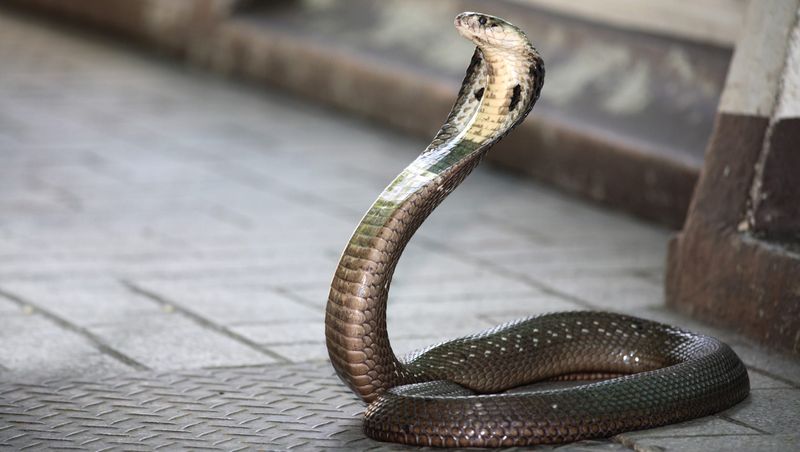
The notion of cobras slithering through Florida’s wetlands is a topic of intrigue and debate. While no established populations exist, occasional reports fuel the myth of their presence.
These stories often stem from escaped or released pets, not wild, breeding populations. Florida’s warm climate and vast ecosystems could theoretically support cobras, but current evidence points more toward myth than reality.
The state enforces strict wildlife regulations, particularly concerning exotic species, to prevent ecological imbalances.
These regulations ensure that even if cobras appear, their impact is minimal and short-lived. Public fascination with cobras, however, keeps the myth alive, combining elements of fear and curiosity.
Ultimately, the tales of cobras in Florida are more fiction than fact, representing a blend of exotic animal intrigue and human imagination. While the idea captures attention, the reality underscores the importance of responsible wildlife management and awareness.
5. Were Cobras Seen In Florida?
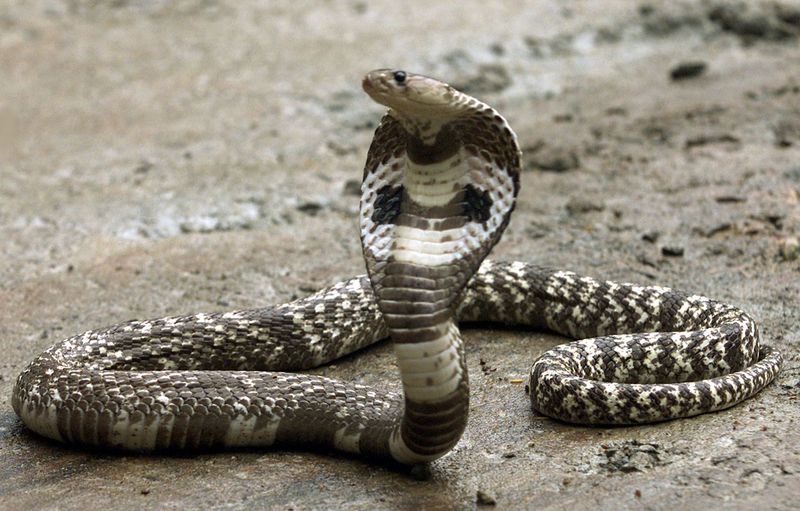
Cobra sightings in Florida, though sporadic, have made headlines and sparked public fascination. These events are often linked to escaped exotic pets rather than established populations. Over the years, several incidents have been reported, each adding to the mystique and speculation surrounding these snakes.
In 2015, the escape of a king cobra from a private collection in Orlando captured national attention, leading to a widespread search. These occurrences highlight the challenges of exotic pet ownership and the potential risks associated with non-native species in the wild.
While such stories create sensational headlines, they also serve as a reminder of the responsibilities that come with keeping exotic animals.
The sightings, though infrequent, emphasize the need for stringent regulations and public education to prevent future occurrences. The fascination with these events underscores the ongoing allure of cobras, blending fact with sensationalism.
6. The Burmese Python: The Only Invasive Asian Snake In The Everglades
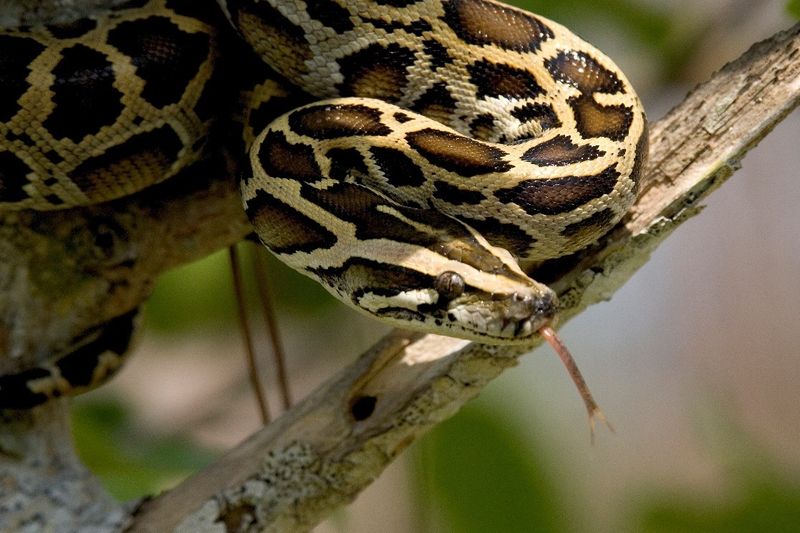
The Burmese python, not the cobra, is the notorious invasive snake populating Florida’s Everglades. Originating from Southeast Asia, it was introduced to the region through the pet trade and has since established a significant presence, impacting local ecosystems. Unlike cobras, these pythons have formed breeding populations, posing ecological challenges.
Their size and adaptability allow them to prey on a wide array of native wildlife, disrupting food chains and threatening endangered species. The python’s presence highlights the unintended consequences of exotic pet ownership and release into non-native environments.
Efforts to control the population include public awareness campaigns and organized hunts, aimed at reducing their numbers and minimizing ecological damage.
The Burmese python serves as a cautionary tale about the challenges of managing invasive species, emphasizing the need for responsible pet ownership and environmental stewardship.
7. The Closest Cousin To The Cobra In Florida: The Harlequin Coral Snake
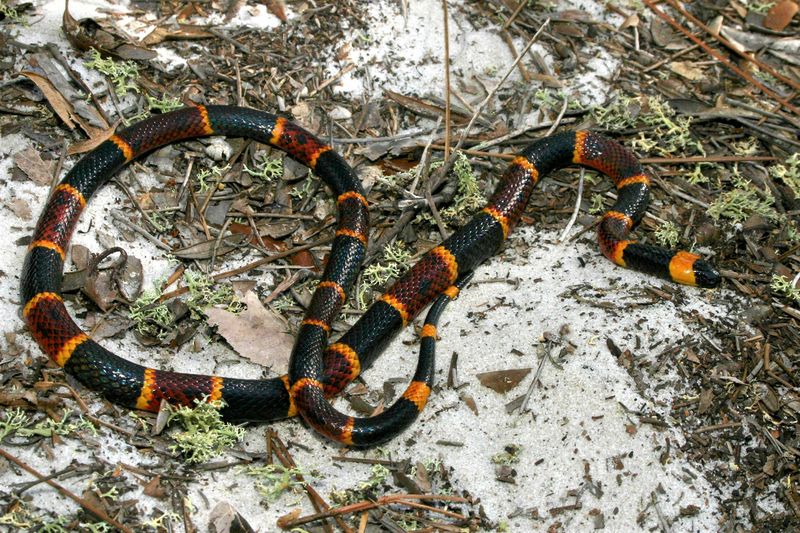
In the absence of cobras, the harlequin coral snake stands as the closest relative in Florida. With its striking red, yellow, and black bands, it bears a superficial resemblance to its venomous counterparts. However, unlike cobras, coral snakes are native to the southeastern United States, including Florida.
Their venom is potent, similar to that of cobras, but they are reclusive and rarely pose a threat to humans. The coral snake’s vibrant coloration serves as a warning to potential predators, a common trait among venomous species.
Their presence in Florida’s ecosystems is natural and balanced, contrasting with the exotic allure of cobras. The harlequin coral snake offers a glimpse into the diversity of native snake species, emphasizing the region’s rich biodiversity. For those interested in snakes, the coral snake provides a native marvel, echoing the intrigue associated with its more famous relatives.

